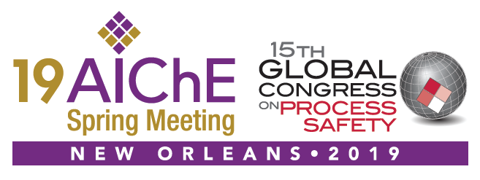

Most process control applications assume that the processes they control are “linearâ€. In other words, they should respond the same way at high or low rates, when moving in one direction or the other, and when incremental changes are small or large. Unfortunately, most “real world†processes aren’t so simple and exhibit nonlinear behavior in different ways and to varying degrees. In this presentation, we will review some common nonlinear process characteristics and the differences between traditional linear and true nonlinear control (NLC) applications. We will discuss various linearization techniques that are used to improve the performance of linear control applications, including their relative difficulty/complexity, potential benefits, and limitations.
Presenter(s)
Once the content has been viewed and you have attested to it, you will be able to download and print a certificate for PDH credits.
If you have already viewed this content,
please click here
to login.
Language
Pricing
Individuals
| AIChE Member Credits | 0.5 |
| AIChE Pro Members | $19.00 |
| Fuels and Petrochemicals Division Members | Free |
| AIChE Graduate Student Members | Free |
| AIChE Undergraduate Student Members | Free |
| AIChE Explorer Members | $29.00 |
| Non-Members | $29.00 |
